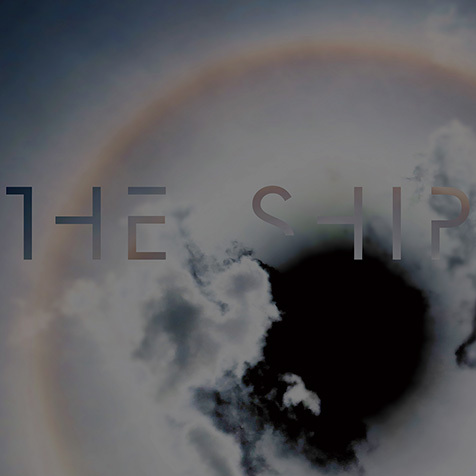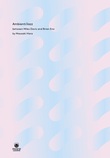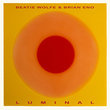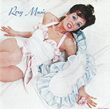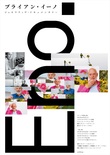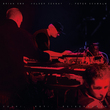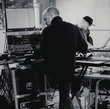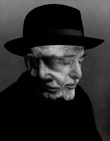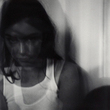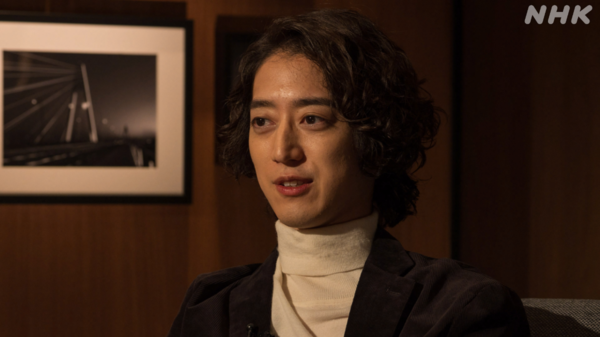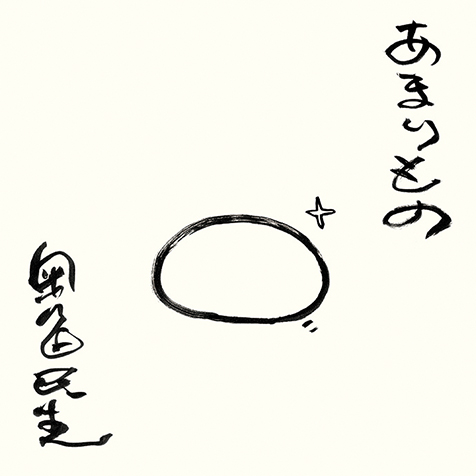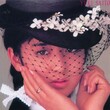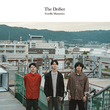3年ぶりのソロ作は、アンビエント路線ともロック路線とも異なる独特な雰囲気を持った仕上がりで、大きく2つのパートから成り立っている。第1章の“The Ship”は、静かに反復を繰り返すドローンの波間を、囁きめいた数々の声の断片と、イーノの沈鬱な詠唱が小舟のように揺曳する大曲。第2章の“Fickle Sun”は3部構成で、前曲の流れを継承しつつも次第にノイジーでドラマティックなウネリを増す1部から、俳優のピーター・セラフィノウィッツによる乾いた朗読がクールな2部へと進み、3部の驚くほど柔和なヴェルヴェット・アンダーグラウンドのカヴァーによって、美しい余韻を残しながら幕を下ろす。タイタニック号や第一次世界大戦からインスパイアされたという本作は、人間の愚かさと世界の無常を軸に、過去から現在、そして未来へと連続する幾多の物語のコラージュを封じ込めた、〈音楽による観念的小説〉とでも言うべき一枚であり、イーノのキャリアにおいても比類のない存在感を放つ名品となった。
[English Translation]
Three years after Brian Eno’s previous solo album, “The Ship” consists of two parts, both of which have a distinctive mood different to the ambient or rock style from which he has carved out his reputation. Chapter one, “The Ship,” is an epic cut where, like a small boat, Eno’s gloomy vocal and snippets of whispering voices linger between swells of calm and repetitive drone. Chapter two, “Fickle Sun,” forms a three-part suite. Following the backwash of “The Ship,” the first section gradually reaches a noisy, dramatic crescendo before actor Peter Serafinowicz recites his cool spoken word in the second section. And the third section forms the finale, a surprisingly gentle cover of the Velvet Underground, leaving you with a beautiful afterglow. Said to be inspired by stories behind RMS Titanic and World War I, the album is built around the transience of the world and human absurdity. It is a conceptual novel written in a musical language, incorporating a collage of narratives that piece together the past, present and future. The result is a masterpiece that exudes the strongest presence among Eno’s stellar discography.
ブライアン・イーノ(Brian Eno)『The Ship』アンビエント路線ともロック路線とも異なる独特な雰囲気持つ3年ぶり新作
